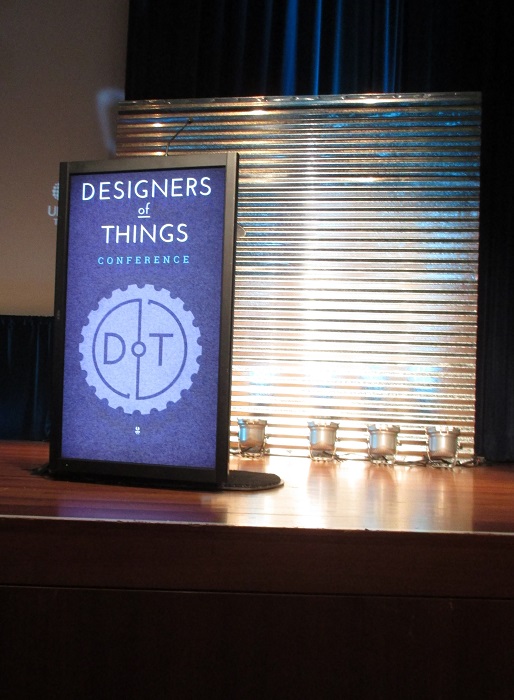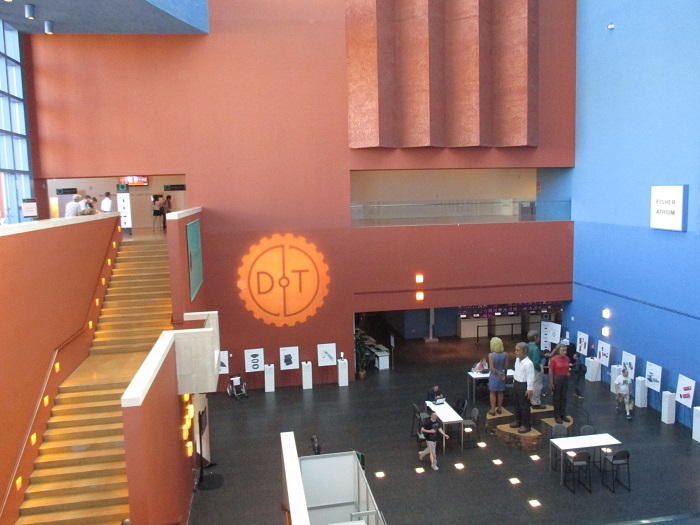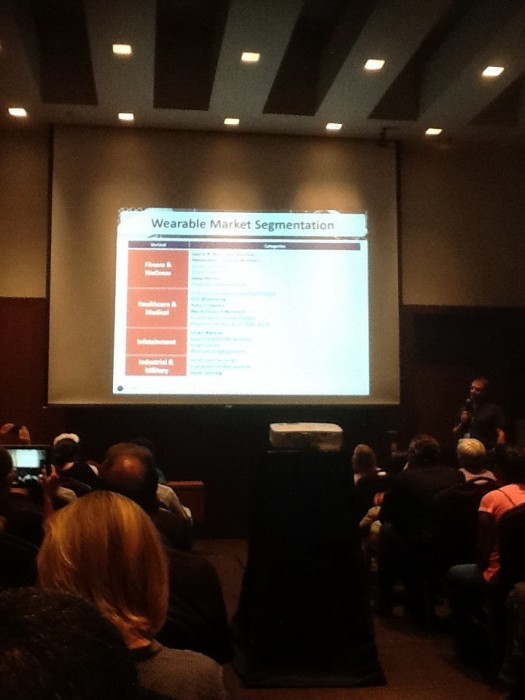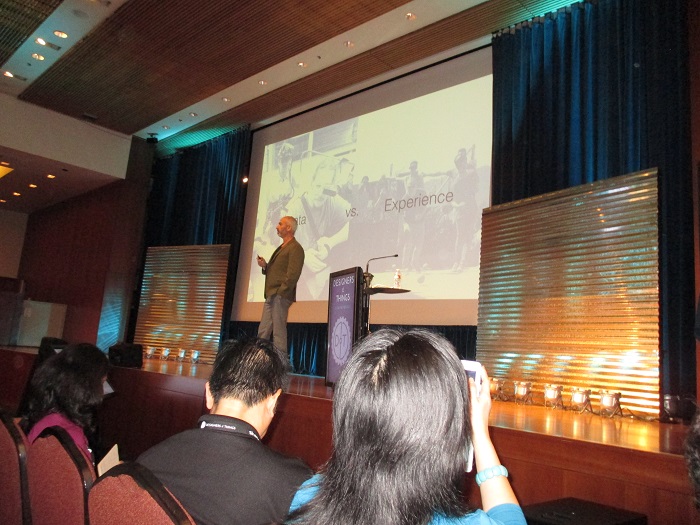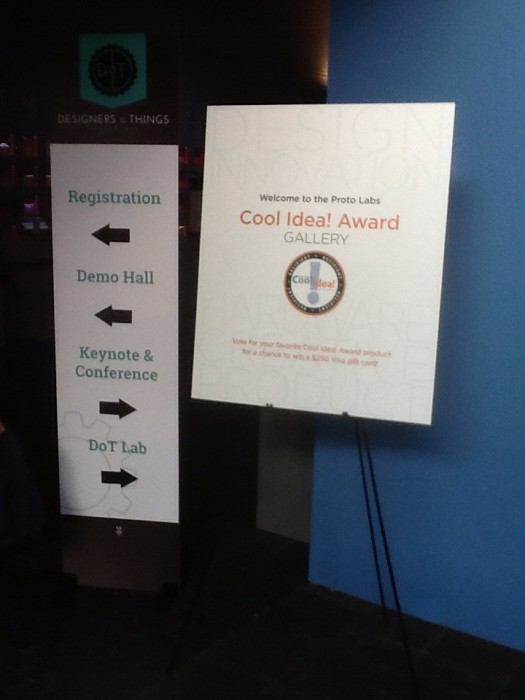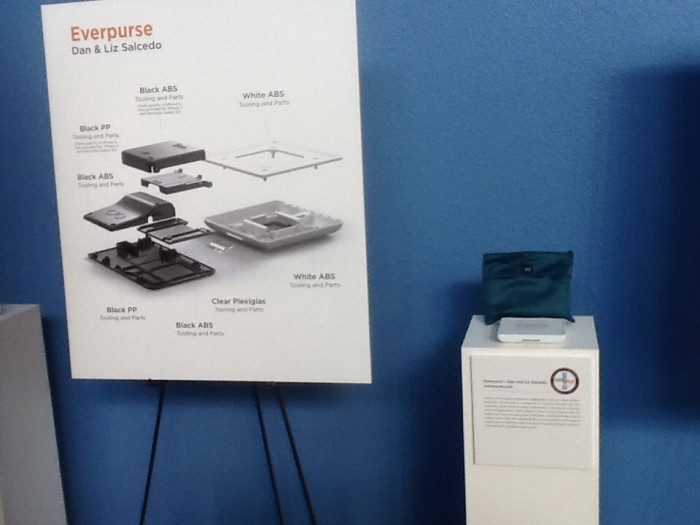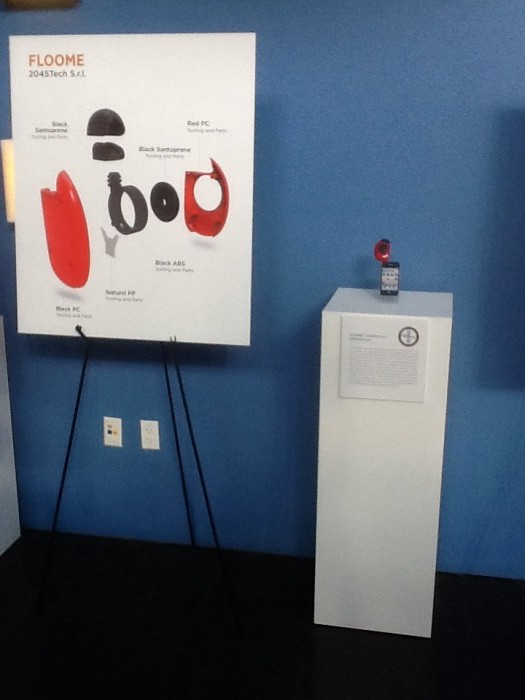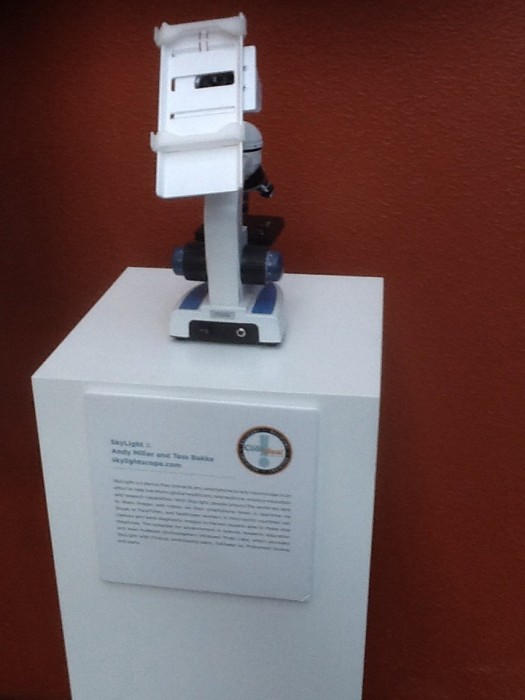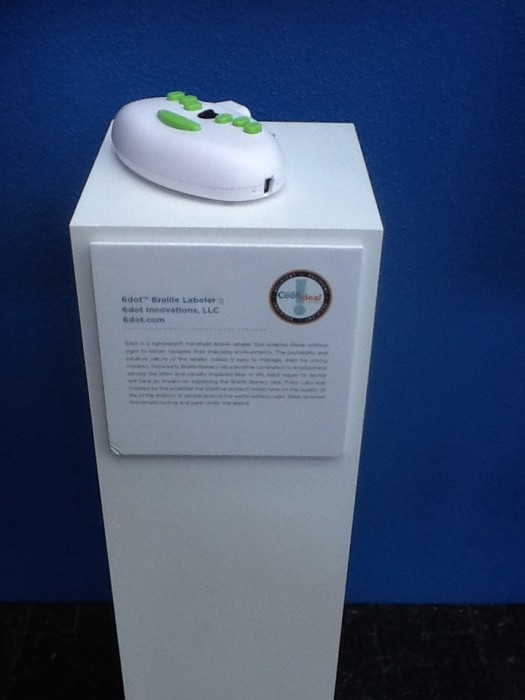by Dot Cannon
San Francisco’s inaugural “Designers Of Things” Convention today showcased a changing maker-movement landscape.
And the most exciting part, is that the changes are just getting started.
In today’s first sessions of the two-day conference at Mission Bay Conference Center, presenters and attendees discussed three main areas: wearable technology, 3-D printing and the Internet of Things.
“By 2019, four hundred fifty-five million wearable devices will be sold, ” Freescale Business Development Director Robert Thompson told a capacity audience during his presentation on “Getting Your Wearable From Prototype to Product”. While discussing his organization’s open-sourced wearables reference platform, WaRP, Thompson referenced four segments of the wearables market.
He also pointed out some of the pitfalls awaiting makers. Among the hurdles: in this emerging field, the products needed to create a given wearable item often aren’t available.
“We try to give you all the components which are available through distribution (for your wearable project),” he said of Freescale’s WaRPboard mini-computer. “It’s easy to design something. To actually be able to procure the parts is where most Kickstarter projects fail miserably.”
Freescale’s WaRPboard, currently in beta, is about one-third the size of a iPhone. Thompson says they hope to start manufacturing in October.
Thompson told his audience that Freescale was open-sourcing both hardware and software. “How are we supporting this? We’re supporting it through the community,” he said. “We give you the schematics, and what we want you to do is go off and design another daughter card.”
New Deal Design Founder and Principal Designer Gadi Amit also discussed wearables in his keynote speech–and issued a challenge. “We need to create things that are human, emotional, functional and beautiful,” he said. “I think the biggest problem with wearables is they’re designed to collect a stream of data. You need to find a way to filter that data; we need to move from ‘smart’ devices to wise devices.”
Amit discussed some of the wearables his team has been creating, and the ways they’re making that move. As an example, he cited their new Sproutling baby monitor. “It senses the room, and gives you cues, whether the room’s too noisy (or) too hot,” he said, before going on to discuss the ways another current project, “Project Ara”, is a game-changer in the area of design.
“Project Ara” is a design for a modular phone, for “six billion people”. Why? Because it’s created on an open platform, so people will be able, using a 3-D printer, to design and print the covers for their phones. Amit said some “ugly phones” might result, but the mistakes would be for the greater good. “And above all there is this notion of sustainability,” he said. “When people bond with an object (they created), they will discard it much less.”
Meanwhile, Designers of Things attendees were showing signs of bonding with–or, at the very least, voting for–some exciting new objects.
On display in the lobby were ten finalists for the “Cool Idea Award”. People were asked to vote for their favorite. Candidates included:
A purse that can charge cell phones;
A personal breath tester that determines the user’s level of alcohol impairment;
A device that connects microscopes to any cell phone in the world;
A portable, handheld Braille labeler;
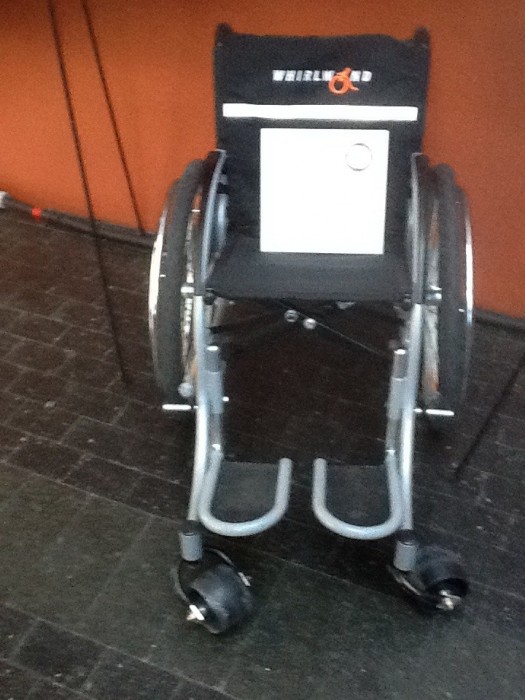 And an “off-road” wheelchair that can navigate curbs, and even short flights of stairs.
And an “off-road” wheelchair that can navigate curbs, and even short flights of stairs.
According to Designers of Things’ blog, injection molding, additive manufacturing and CNC machining company Proto Labs implemented the “Cool Idea!” Awards three years ago, to help innovators manufacture functional parts to get their ideas designed, tested or even put them on the market in an initial production run. While the DoT blog says a new winner will be announced on October 7, the Designers of Things schedule lists a “Cool Idea!” Awards Networking Party for tomorrow evening at 6:15, as the conference concludes.
Or, maybe we ought to say–as everybody plans the next beginning.

